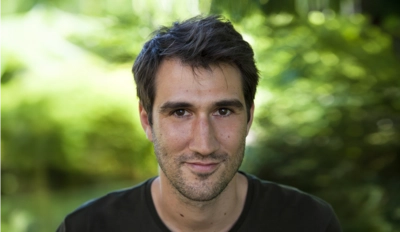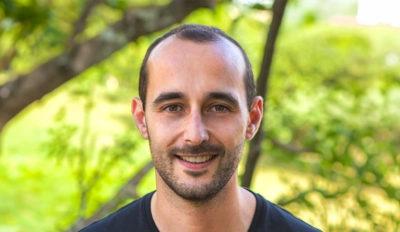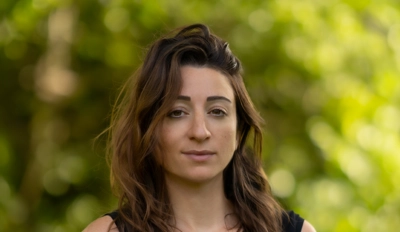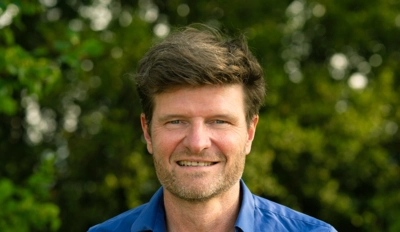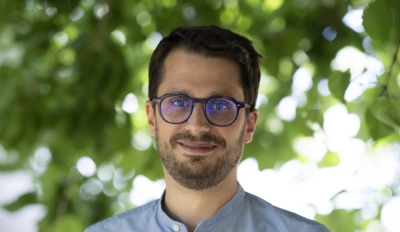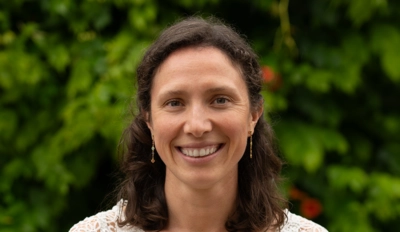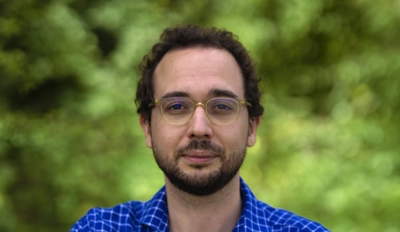About Pili
After a decade of existence, Pili's ramp-up and entry into the industrial landscape is setting down its identity and positioning in a singular way. This anchoring is also geographical, insofar as Pili's teams work at the heart of scientific and industrial territories, in colorful regions.
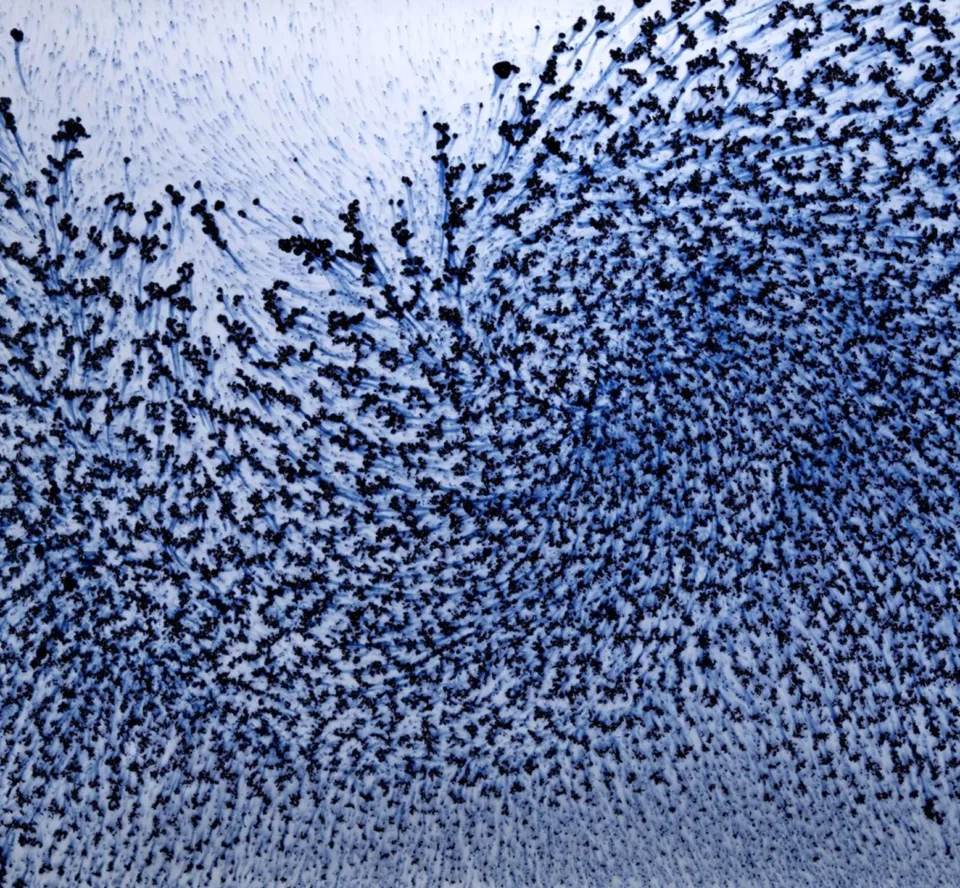
Marie-Sarah Adenis
Discovering Pili
Pili
For a long time, it was thought that evolution could only take place vertically, from generation to generation, but this was without considering the ingenuity of micro-organisms, which use pili to evolve during their own lifetime.
These small, hollow, tubular appendices enable microscopic collectives to connect and benefit from the latest evolutionary developments.
To meet the challenges raised by rapid and brutal climate change, we need to find solutions at the very scale of our lives. All forms of evolution must be leveraged to accelerate this transition, and Pili embodies this power of transformation to revolutionize the color industry within the planet’s limits.
Carbon Conscious Color Company
Our baseline is based on four terms, like the carbon atom that forms four bonds with its acolytes. Four Cs, like a carbon chain, support of all life and the foundation of organic molecules. Carbon is essential to life on Earth, but its excessive concentration within the atmosphere as a result of current human activities is disrupting the balance.
Being “carbon conscious” is a new way of living in the world, of being responsible and aware of carbon cycles and the need to limit our emissions.
Logo
Biology immediately strikes with this cell, revealing internal compartments, and the oblong shapes swimming inside are reminiscent of micro-organisms. But chemists will not fail to notice the atomic orbitals and the nod to the tetravalence of carbon, a tribute not only to the four bonds of carbon, but also to the four letters of Pili and the four terms in the “carbon conscious color company” baseline.
The organic, rounded appearance, a reference to the living world, is counterbalanced by a perfect geometry, like that of ball bearings or mechanisms, echoing demanding, reproducible and controlled industrial processes.
The name Pili is placed as an exponent of the logo, giving it immense power, as in mathematics. But this position, slightly set back, also evokes a stance of humility. Pili becomes a satellite for the spherical symbol, which then appears as the planet Earth. We’re not far from the overview effect described by astronauts, who become aware of the beauty and fragility of the Earth as they contemplate it from space. And it’s precisely by taking a step back from the ecological crisis that Pili observes, thinks about and develops production processes that are both sustainable and respectful of life on earth.
Our places
Project geography
The French territory is full of regions identified as hubs of scientific and industrial activity (often linked to the great history of color) in which Pili has chosen to operate.
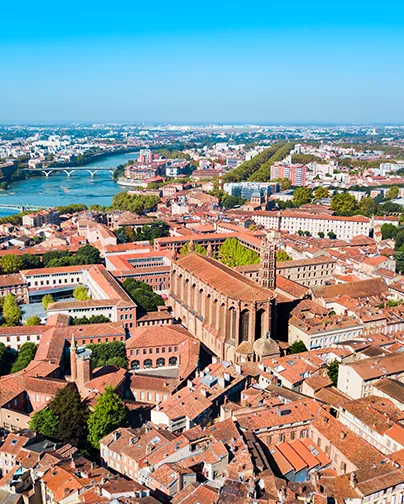
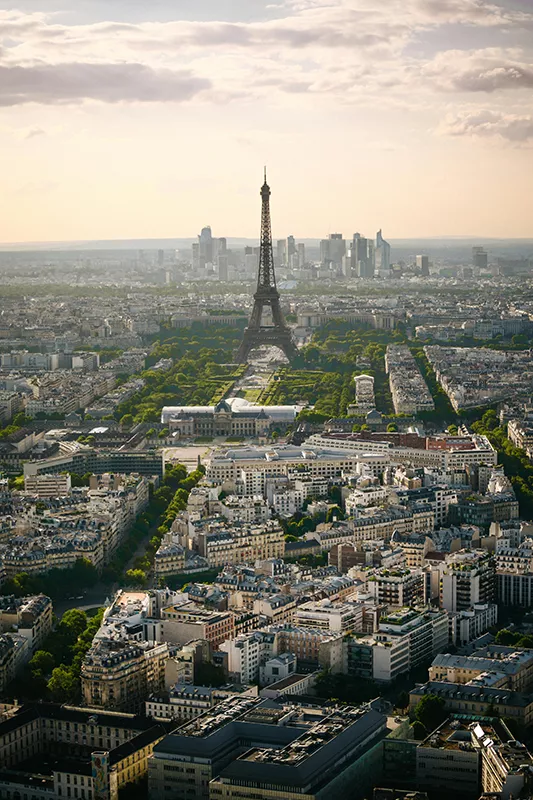
Andras Stefuca
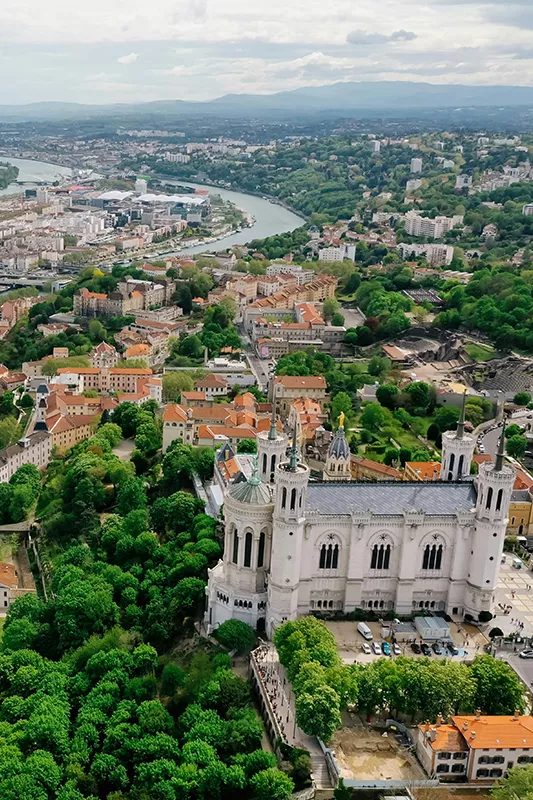
Mikhail Nilov
Toulouse

This is where Pili has set up its biotechnology laboratories (at Toulouse White Biotechnology). The city known as the pink city (for its bricks) was in fact also the capital of blue in the 16th century, when it developed the pastel color.
Paris

This is where Pili set up its chemistry laboratories. In fact, Paris is one of the cradles of colorant chemistry, as demonstrated by the immense collection of synthetic colorants at the Conservatoire National des Arts et Métiers. Paris is world-famous as a fashion capital, and it's precisely the textile industry that Pili is primarily targeting.
Lyon

This is where Pili set up its pilot production plant on the Roussillon chemical platform in Isère. The Lyon region is located in “Chemical Valley”, France's leading industrial area for this sector.
